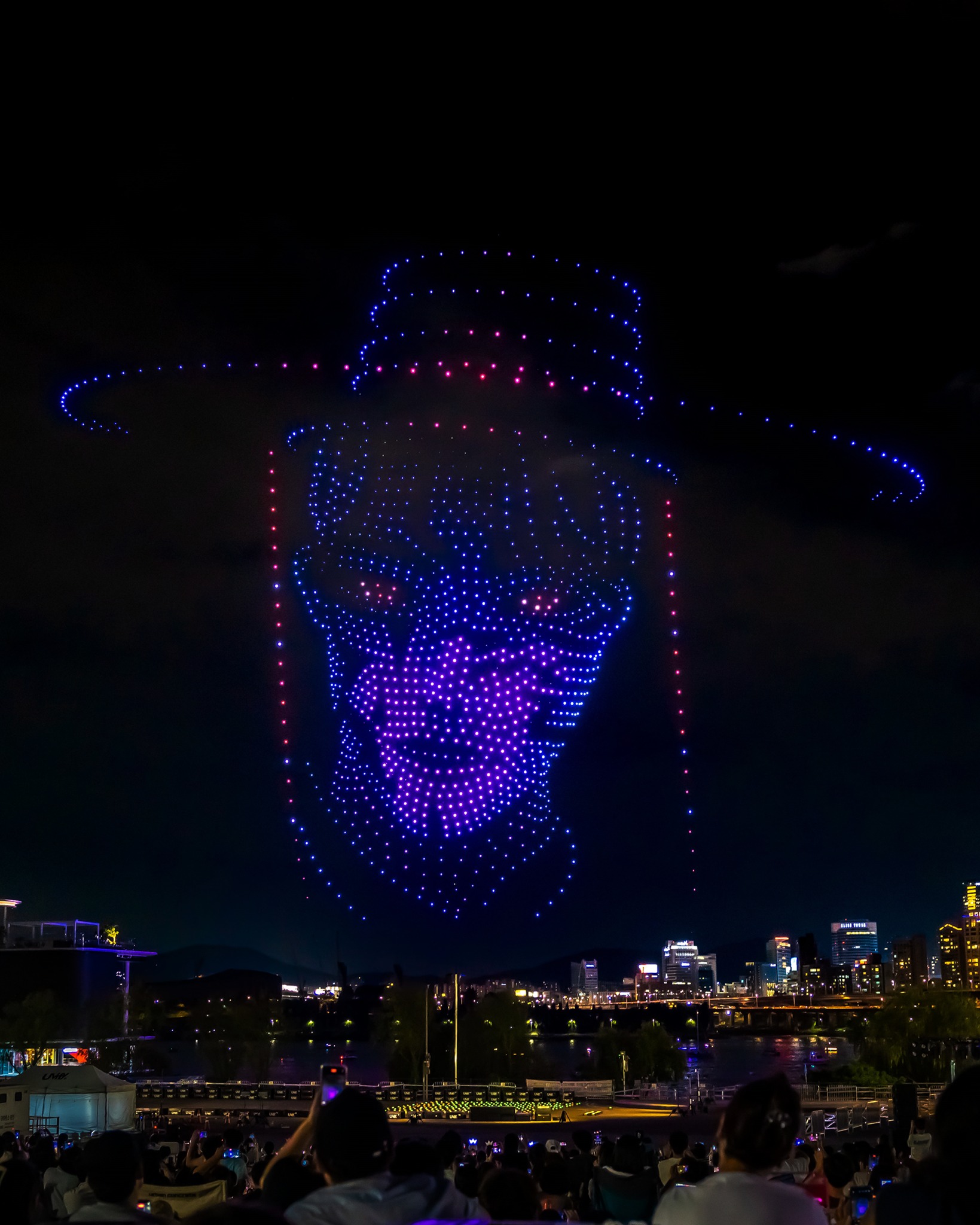📖 Part 2: *Dance, Participation, and Communal Empathy — K-Pop’s Cultural Gift*
---
Dance as the Second Magnet
If hooks pull children in, choreography keeps them there.
K-Pop has always understood the power of movement. From BTS’s sharp “Mic Drop” routine to TWICE’s playful “point dances,” choreography is the adhesive that makes songs unforgettable.
KPDH’s soundtrack is no different. The dances are designed with two layers:
- Professional polish: moves dazzling enough for trained idols.
- Accessible gestures: fist pumps, side hops, spin-jumps—simple enough for kids to copy.
- Fan chants synchronize voices with idols.
- Lightsticks turn arenas into galaxies of rhythm.
- TikTok challenges ensure fans around the world perform the same dance.
- Hook Release: Kids chanting “Up, Up, Up.”
- Dance Trend: TikTok challenges explode.
- Family Adoption: Parents streaming OST at home.
- Community: Sing-Along screenings fill theaters.
- Charts: Billboard, Oricon, Spotify domination.
- Rumi (Leader, Vocalist): Inspires with her “ghost to golden” journey.
- Mira (Rapper): Mischievous, fast-flowing, comic relief.
- Zoey (Dancer, Sub-Vocalist): Creator of the viral hop-spin TikTok move.
- Huntr/x (Antagonist Sub-Unit): Dark, edgy, beloved in remixes.
That accessibility matters. Children love embodying music physically. When they mimic the Golden choreography, they’re not just fans—they become participants. And participation cements loyalty.
---
The Grammar of Participation
This leads us to the deeper cultural DNA of K-Pop: participatory grammar.
In the West, concerts often separate stage and audience. But in Korean tradition, music blurred that line. Farmers’ festivals invited clapping, chants, and dancing. Shamanic rituals required call-and-response. Music was a circle, not a broadcast.
Modern K-Pop has revived this:
KPDH extends this grammar into cinema. Its Sing-Along screenings recreate the Korean 때창 tradition, where audiences roar lyrics together until the theater feels like a stadium.
---
Viral Lifecycle of *Golden*
The spread of Golden can be mapped like a lifecycle:
Every stage builds on participation. From playgrounds to global charts, the grammar is the same: music is meant to be shared.
---
Filling the Soft Spot of Global Pop
Western pop had lost this communal ritual. Earbuds made music solitary. Algorithms fragmented culture into micro-niches.
K-Pop, however, reawakens the ancient truth: music is ritual.
At Blackpink’s Coachella set, 125,000 voices screamed Korean lyrics. At BTS’s Wembley concert, the synchronized wave left even the idols speechless. At KPDH screenings in Paris, strangers linked arms and sang together.
This is the soft spot K-Pop fills: the hunger for community in a world of isolation.
---
Idol Photocards: Characters as Anchors
Even fictional idols matter. KPDH’s cast of characters feels like real K-Pop idols, each designed to offer fans someone to connect with:
Just like real idol groups, each personality provides a mirror for fans to see themselves in. The photocards, the fan art, the discussions—they’re proof that even in fiction, K-Pop’s participatory model thrives.
---
Final Conclusion: Communal Empathy as Korea’s Gift
In the end, the triumph of KPDH is not only about catchy hooks, dazzling choreography, or chart records. It is about something larger: 공동체적 공감대 형성.
K-Pop creates communal empathy. It binds people of different nations into one chorus. It offers diaspora Koreans a bridge to heritage. It gives global fans not just entertainment but belonging.
Korea’s cultural gift to the world is not just sound. It is the power of togetherness.
When millions scream “Up, Up, Up”, they are not only celebrating a soundtrack. They are reminding themselves—and each other—that music is humanity’s oldest form of unity.
